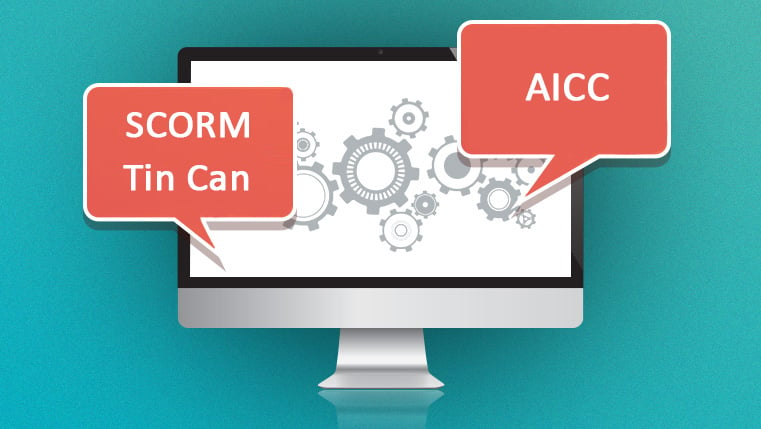Top 6 Trends in Mobile Learning

Mobile phones are misnamed. They should be called ‘gateways to all human knowledge’. – Ray Kurzweil, inventor, futurist and author.
Smartphones have become an integral part of our daily lives.Regardless of a company’s mobile phone policy, the reality is that, all employees carry mobile phones in their pockets. So why not leverage these tools to make learning easy and effective.
But before that, let’s us get an idea of the how mobile technology can be used to train employees and what the trends currently in vogue.
→ Download Now: Mobile Learning: How to Overcome Implementation Barriers
1. Bring Your Own Device (BYOD)
BYOD allows employees to use their personal devices such as Smartphones, tablets, and laptops in the workplace instead of devices issued by the company. So it is emerging as a cost effective online training option, encouraging organizations to adopt mobile learning. IBM was the first company to implement the BYOD policy.
2. Gamification
According to Ambient Insight Research, the market for game-based learning is expected to grow from $1.5 billion in 2012 to $2.3 billion in 2017.
Gamification is a learning strategy where game-based mechanics and techniques are integrated into learning content to develop fun-filled, engaging experiences. Game-based learning draws learners into virtual environments and improves knowledge retention. And with learners today addicted to gaming on their mobiles, what better platform to implement gamification than mobile devices?
3. Tin Can API
Tin Can API (also known as Experience API or xAPI) is the latest standard in learning technology. With this API, it is possible to record activities and deliver data that is quantifiable, sharable, and trackable.
Tin Can API captures activities of mobile learning such as simulations, serious games, experiential learning, social learning, and offline learning effectively.
Most rapid authoring tools such as Articulate Storyline, Adobe Captivate 8, and Lectora Inspire can produce Tin Can-compatible content. Also, LMSs such as MOODLE and Blackboard have already adopted Tin Can API, to get the best out of it.
4. Microlearning
Microlearning is also known as snack learning or byte-sized learning as it occurs during tea breaks, lunch breaks, or learners’ spare time. The goal of this learning is to go through quick tutorials or learn the basics of a new subject. It offers chunks of data that are easily “consumable.”
5. Location-based Learning
According to Ambient Insight Research, location-based learning products and services are growing at a robust 26.3% and revenues are expected to increase three-fold to $682.13 million by 2016, up from $212.3 million in 2011.
Location-based learning eases learning by enabling learners access the needed learning material, anytime and anywhere. This kind of learning is supported by mobile sensors (GPS, WLAN).
6. Videos
Videos are great tools to facilitate learning. Statistics reveal that a learner is likely to remember only 10% of textual content, 65% of visual content. But, he remembers 95% of audio-visual content. Videos help engage the learner’s attention throughout the course.
These are some of the mobile learning trends organizations can consider to enhance their learners’ learning experiences. Where do you stand in implementing these trends? We would love to hear your experiences.





